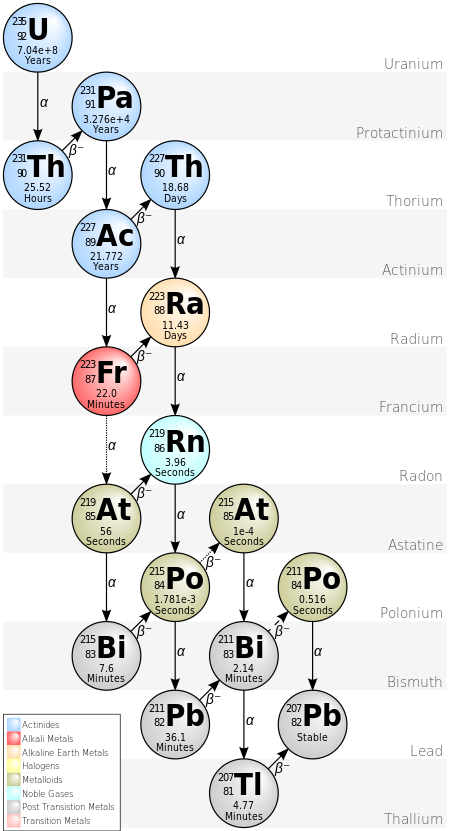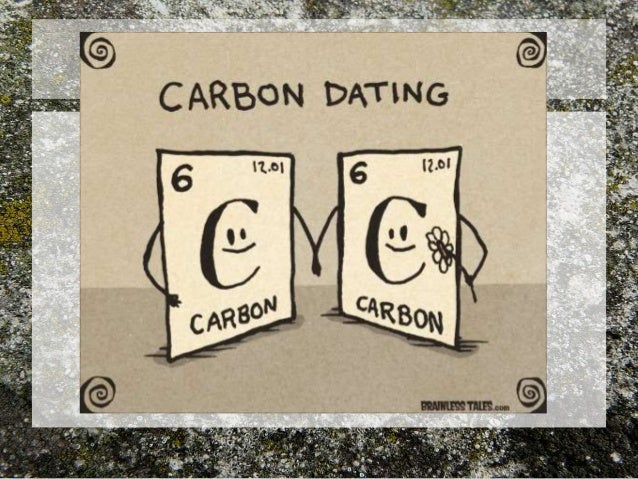Marketing
U-235 dating - Zadar
RADIOMETRIC TIME SCALE

Dating Site: U-235 dating
Thus, because the half-life of 238U is claimed to be the most accurately known of all relevant radionuclides, this usually amounts to expressing ages in units of the half-life of 238U. However, even uncertainties of only 1% in the half-lives lead to very significant discrepancies in the derived radioisotope ages. In the 11 direct counting experiments to determine the 235U decay rate various samples were used. Ages derived from this system are supposedly the least affected by decay constant or half-life uncertainties of any simple system, and they are without the complications of the dual-system ages of schemes 3 through 5 above, whose precision advantages apparently only occur for Precambrian ages in any case.

Therefore, without accurately known 87Rb, 176Lu, 187Re, 147Sm, 40K, 238U, and 235U decay half-lives, Rb-Sr, Lu-Hf, Re-Os, Sm-Nd, K-Ar, Ar-Ar, and U-Pb radioisotope ages cannot be accurately determined. Since the argon will escape if the rock is melted, the dates obtained are to the last molten time for the rock. The island appears to be rising from the sea at a uniform rate that is fast enough to separate in elevation coral-reef tracts formed at successive high stands of the sea. It is used as power supply for weather stations in remote areas and space vehicles.

Uranium-235 - We continue here with determinations of the uranium-238 238U and uranium-235 235U decay rates, which are the basis for the U-Pb and Pb-Pb dating methods.

Ask The Riverdale Cast
Age determinations of rocks based on the decay of U and resulting accumulation of Pb and He were first attempted in the early years of the twentieth century by Rutherford 1906 and Boltwood 1907. The U-Pb dates are calculated by means of equations 4 and 5 being solved for t using assumed values of the initial isotope ratios of Pb for example, Ludwig 1993 as follows These are known as 206Pb and 207Pb model ages respectively. The latter is a more significant problem, as the range of an alpha in most scintillators is very short. This is why counting geometry corrections are so fundamentally important to accurate measurements. The errors quoted by Jaffey et al. Samples more than 3.
[Dating a new guy|Best free toronto dating sites|Craigslist hookup addiction]
Post je objavljen 12.02.2019. u 10:31 sati.